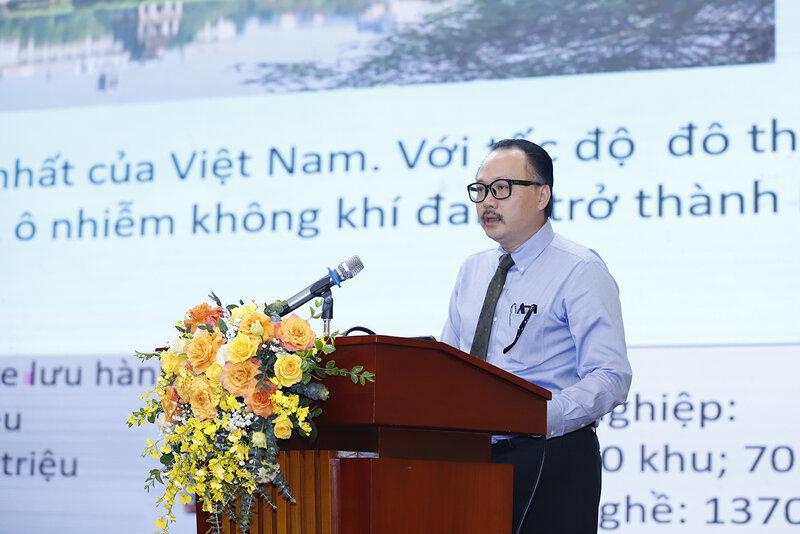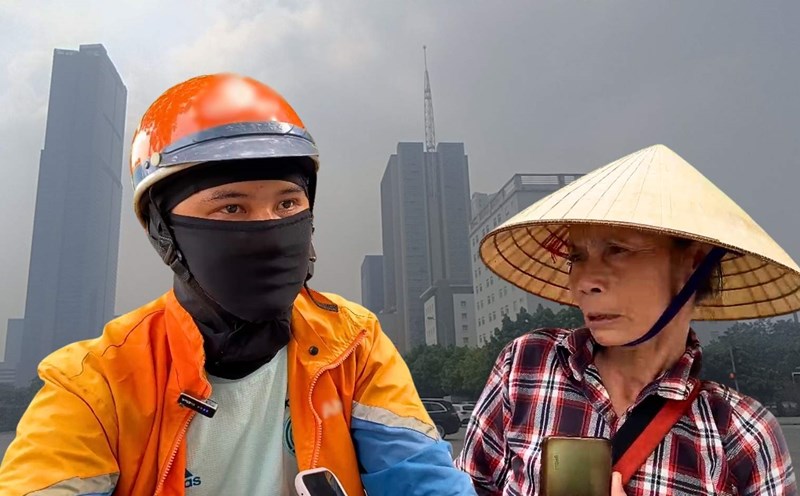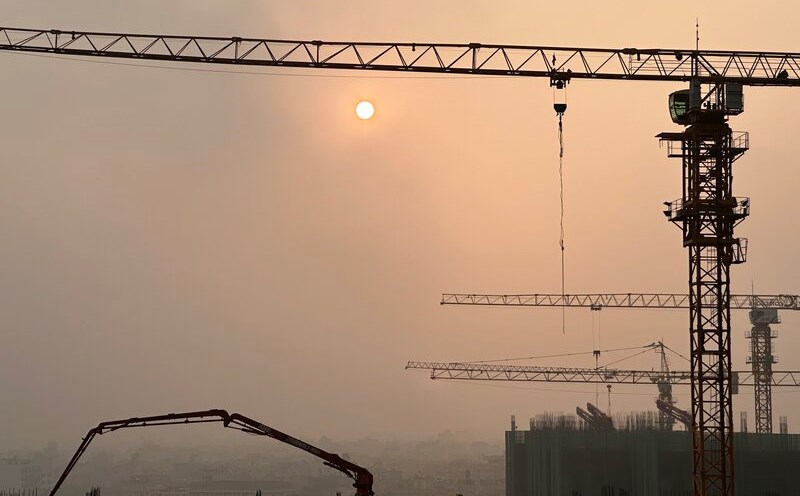Major pollution from traffic
Speaking at the Conference on Promoting the implementation of solutions to reduce air pollution in large cities of Vietnam on November 14, Mr. Nguyen Minh Tan - Deputy Director of the Department of Natural Resources and Environment (DONRE) of Hanoi said that Hanoi is one of the two largest cities in Vietnam. With rapid urbanization, economic development and population growth, air pollution is becoming one of the issues that need to be prioritized. Hanoi currently has about 1.1 million cars; 6.9 million motorbikes, 10 industrial parks; 70 industrial clusters; 1,370 craft villages in operation. These are activities that need attention and control in environmental management in general and air quality management in Hanoi in particular.
According to the National Environmental Status Report 2016-2020, the average annual PM2.5 dust concentration in Hanoi during the period 2018-2020 exceeded the national technical regulation QCVN 05:2013/BTNMT (25 μg/m3) by nearly 2 times. The average annual PM10 dust concentration exceeded the QCVN limit by 1.3 to 1.6 times. The number of days in 2019 with the air quality index (VN_AQI) at poor and bad levels (average of stations) accounted for 30.5% of the total number of monitoring days in the year, some days the air quality declined to very bad levels (VN_AQI above 200).
According to Mr. Tan, the general assessment of Hanoi's air quality and trends is that the daily and yearly average PM10 and PM2.5 dust exceeds QCVN 05:2013/BTNMT; many times higher than WHO's recommendations.
Up to now, Hanoi has not conducted a comprehensive inventory of air emission sources. However, a synthesis of various inventory studies by the Ministry of Natural Resources and Environment, the World Bank and other studies shows that, in terms of the contribution rate of emission sources to the concentration of primary dust PM2.5 at 11 locations in the capital, depending on each location, the contribution rate of the sources is different. Traffic sources (including road dust) are the source with the highest contribution (from 58% - 74%), followed by industrial sources (from 14% - 23%), agricultural sources (from 3.4% - 18.9%), domestic sources and waste incineration sources have the lowest contribution.

Damage of 2,000 billion VND/year due to pollution
According to some studies, the Deputy Director of the Hanoi Department of Natural Resources and Environment said that he saw a relationship between PM2.5 dust concentration and community health. With the increase in PM2.5 dust concentration, on average each year there are about 1,062 more hospitalizations due to cardiovascular disease, and 2,969 hospitalizations due to respiratory disease. People's quality of life is affected. Economic losses: About 20% of income; 2,000 billion VND/year with 3.5 million inner-city residents (period 2011-2015).
Regarding the plan for air quality management in Hanoi until 2030, with a vision to 2035, Mr. Tan said that the roadmap to 2025 focuses on priority tasks including perfecting policy institutions, inventorying emission sources, reducing emissions from major emission sources, prioritizing solutions in inner-city areas with high population density, traffic and economic development; establishing a warning mechanism and responding to serious air pollution.
Mr. Tan said that the plan to reduce emissions from traffic sources in Hanoi includes: Reducing road dust, including increasing road cleaning; Reducing traffic congestion by regulating and dividing traffic reasonably; Zoning traffic and collecting zoning fees; Zoning to limit motorbike operations; Building low-emission areas, limiting vehicles that emit emissions exceeding the permitted level; Investing in converting vehicles, encouraging public transport...











